Home>Gardening & Outdoor>Landscaping Ideas>What Bugs Kill Grass
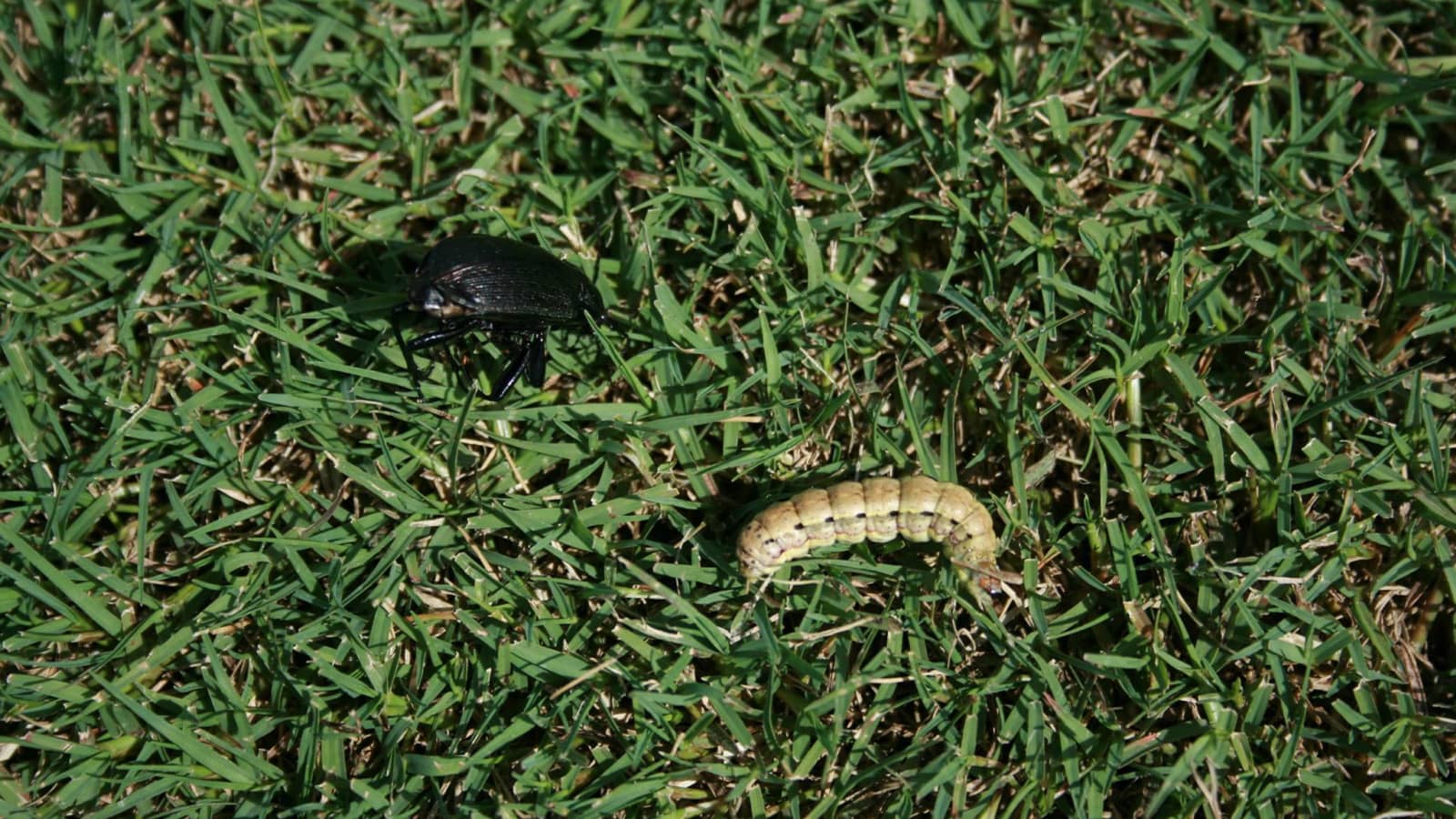

Landscaping Ideas
What Bugs Kill Grass
Modified: May 6, 2024
Discover effective landscaping ideas to combat the pests that threaten your grass. Learn about the bugs that can destroy your lawn and how to eliminate them.
(Many of the links in this article redirect to a specific reviewed product. Your purchase of these products through affiliate links helps to generate commission for Storables.com, at no extra cost. Learn more)
Introduction
Keeping a lush, green lawn is a source of pride for many homeowners. However, maintaining healthy grass involves more than just regular watering and mowing. One of the challenges that lawn enthusiasts face is dealing with pesky insects that can wreak havoc on their carefully nurtured turf. Understanding the types of bugs that can harm grass and how to identify and address the damage they cause is crucial for preserving a vibrant lawn.
In this comprehensive guide, we’ll explore the common pests that can threaten the health of your grass, the telltale signs of insect damage, and effective strategies for preventing and treating these issues. By gaining insight into these aspects, you’ll be better equipped to protect your lawn from the threats posed by various insects, ensuring that your outdoor space remains a thriving and inviting environment for relaxation and enjoyment.
Key Takeaways:
- Protect your lawn from grubs, chinch bugs, armyworms, sod webworms, and ants to maintain a healthy, vibrant grass. Look for brown patches, wilting, and unusual soil activity as signs of insect damage.
- Prevent grass damage by maintaining your lawn, monitoring for pests, using resistant grass varieties, and promoting soil health. Treat damage with targeted insecticides, overseeding, and soil amendments for recovery.
Read more: What Kills Bugs In Grass
Common Lawn Pests
When it comes to maintaining a healthy lawn, keeping an eye out for common lawn pests is essential. These pests can include a variety of insects that have the potential to damage your grass and disrupt its growth. Understanding the behavior and characteristics of these pests is crucial for effective pest management and preserving the beauty of your lawn.
Some of the most prevalent lawn pests include:
- Grubs: These beetle larvae feed on grassroots, leading to brown patches and weakened turf. Grub damage is often evident in late summer and early fall.
- Chinch Bugs: These tiny insects can cause significant damage by sucking the sap from grass, resulting in yellowing and wilting. They are particularly active during hot, dry weather.
- Armyworms: These caterpillars are voracious eaters and can quickly decimate large areas of grass by consuming the blades, leaving behind brown, ragged patches.
- Sod Webworms: Similar to armyworms, sod webworms are the larvae of moths and can cause substantial damage by feeding on grass blades near the soil surface.
- Ants: While not directly harmful to grass, ants can disrupt the soil, creating unsightly mounds and potentially facilitating the presence of other damaging insects.
These pests can vary in their preferred habitats, feeding patterns, and the types of damage they cause. By familiarizing yourself with these common lawn pests, you can be proactive in monitoring your lawn for any signs of infestation and take appropriate measures to protect your grass from potential harm.
Insects That Damage Grass
Various insects pose a threat to the health and vitality of grass, and understanding their impact is crucial for effective pest management. These damaging insects can disrupt the growth and appearance of your lawn, leading to unsightly patches and weakened turf. By recognizing the specific insects that are capable of causing harm, you can take targeted measures to protect your grass from their destructive effects.
Some of the most common insects that damage grass include:
- White Grubs: These C-shaped larvae of beetles feed on grassroots, causing brown patches and weakened turf. They are often found beneath the soil surface and can attract wildlife, such as raccoons and birds, which further damages the lawn in their quest for a meal.
- Chinch Bugs: These tiny insects have piercing mouthparts that enable them to extract sap from grass, leading to yellowing and wilting. They prefer hot, dry conditions and can rapidly multiply, causing extensive damage if left unchecked.
- Armyworms: The larvae of certain moth species, armyworms are voracious eaters that can devastate grass by consuming the blades, resulting in widespread brown patches and weakened turf.
- Sod Webworms: Similar to armyworms, sod webworms are the larvae of moths and can cause significant damage by feeding on grass blades near the soil surface, leading to thin, brown areas in the lawn.
- Ants: While not directly harmful to grass, ants can disrupt the soil and create unsightly mounds, potentially facilitating the presence of other damaging insects.
Each of these insects has distinct characteristics and behaviors that can impact the health of your lawn. By becoming familiar with the signs of infestation associated with these pests, you can promptly address any issues and implement targeted pest control measures to safeguard your grass from their detrimental effects.
One tip for preventing bugs from killing grass is to regularly inspect your lawn for signs of insect damage, such as yellowing or thinning grass. If you notice any issues, consider using natural predators or insecticidal soaps to control the bug population.
Identifying Grass Damage
Recognizing the signs of grass damage caused by insects is essential for implementing timely and effective solutions to protect your lawn. By being able to identify the distinctive indicators of insect-related damage, you can take proactive measures to address the issue before it escalates, preserving the health and appearance of your grass.
Common indicators of grass damage caused by insects include:
- Patchy Brown Areas: Grass that has been damaged by insects often displays irregular brown patches, indicating areas where the turf has been weakened or destroyed by feeding pests such as grubs, chinch bugs, or armyworms.
- Wilting and Yellowing: Insects like chinch bugs and certain caterpillars can cause grass to wilt and turn yellow as a result of their feeding activities, leading to a lackluster and unhealthy appearance across the affected areas.
- Thinning and Bare Spots: Some insects, such as sod webworms and armyworms, can consume grass blades near the soil surface, resulting in thin, patchy areas with a visibly diminished turf density.
- Unusual Soil Activity: Ants and other soil-disrupting insects can create noticeable mounds or tunnels in the soil, signaling their presence and potentially indicating conditions favorable for other damaging pests.
By closely monitoring your lawn for these telltale signs of grass damage, you can promptly identify and address any insect-related issues that may compromise the health and appearance of your grass. Regular inspections and proactive vigilance can help you stay ahead of potential problems, allowing you to take targeted steps to protect your lawn from the damaging effects of various insects.
Preventing Grass Damage
Implementing proactive measures to prevent grass damage caused by insects is crucial for maintaining a healthy and vibrant lawn. By taking preventive steps to deter and manage the presence of damaging pests, you can safeguard your grass from potential harm and ensure its continued growth and vitality.
Here are some effective strategies for preventing grass damage from insects:
- Regular Lawn Maintenance: Keeping your lawn well-maintained through proper watering, mowing, and fertilization can promote grass health and resilience, making it less susceptible to damage from insects.
- Monitoring and Inspection: Regularly inspect your lawn for signs of insect activity, such as wilting, yellowing, or patchy areas, and take prompt action if any issues are detected.
- Integrated Pest Management: Implement an integrated approach to pest management, which may include using beneficial insects, natural predators, and targeted treatments to control damaging pests while minimizing environmental impact.
- Resistant Grass Varieties: Consider planting grass varieties that are known for their resistance to specific insect pests prevalent in your region, reducing the likelihood of severe damage.
- Proper Irrigation: Water your lawn deeply and infrequently to encourage deep root growth, as healthy grass with strong roots is better equipped to withstand insect damage.
- Soil Health Maintenance: Ensure that your soil is well-balanced and aerated, as healthy soil can promote strong grass growth and resilience against insect-related stressors.
- Minimize Standing Water: Address any drainage issues and eliminate areas of standing water, as stagnant moisture can attract certain insects and create favorable conditions for their proliferation.
By integrating these preventive strategies into your lawn care routine, you can create an environment that is less hospitable to damaging insects and more conducive to the sustained health and beauty of your grass. Proactive prevention can significantly reduce the risk of grass damage, allowing you to enjoy a thriving lawn throughout the seasons.
Read more: How To Tell If Bugs Are Killing Your Grass
Treating Grass Damage
Effectively addressing grass damage caused by insects is essential for restoring the health and visual appeal of your lawn. By implementing targeted treatments and strategies, you can mitigate the impact of damaging pests and facilitate the recovery of your grass, promoting its lush growth and resilience.
Here are some effective approaches for treating grass damage caused by insects:
- Identify the Culprit: Determine the specific insect responsible for the damage by closely examining the affected areas and seeking professional guidance if needed.
- Implement Targeted Treatments: Utilize insecticides or natural pest control methods specifically designed to combat the identified pests while minimizing impact on beneficial organisms and the environment.
- Overseed Damaged Areas: Overseeding can help restore the density of damaged grass areas, promoting recovery and filling in any thin or bare spots caused by insect activity.
- Adjust Watering Practices: Ensure that damaged areas receive adequate moisture to support recovery, while being mindful to avoid overwatering, which can create conditions favorable to certain insects.
- Soil Amendments: Consider soil amendments such as compost or organic matter to improve soil health and support the rejuvenation of damaged grass, enhancing its resilience against future pest pressures.
- Professional Assistance: If the grass damage is extensive or persistent, seek the expertise of a lawn care professional who can provide tailored solutions and ongoing maintenance to address the issue.
- Integrated Pest Management: Adopt an integrated approach to pest management, incorporating cultural, biological, and chemical control methods to effectively combat damaging insects while minimizing environmental impact.
By employing these targeted treatments and strategies, you can effectively address grass damage caused by insects, promoting the recovery and rejuvenation of your lawn. Timely and proactive intervention can help minimize the impact of damaging pests and restore the lush, vibrant appearance of your grass, allowing you to enjoy a healthy and resilient lawn throughout the year.
After tackling lawn pests, you might want to shift focus indoors where other uninvited guests lurk. If your pantry has become a playground for moths, learning how to get them out efficiently will save you heaps of frustration and keep your food safe. Our next guide offers expert advice on managing these pesky intruders with effective pest control strategies. Don't let moths turn your pantry into their home!
Frequently Asked Questions about What Bugs Kill Grass
Was this page helpful?
At Storables.com, we guarantee accurate and reliable information. Our content, validated by Expert Board Contributors, is crafted following stringent Editorial Policies. We're committed to providing you with well-researched, expert-backed insights for all your informational needs.
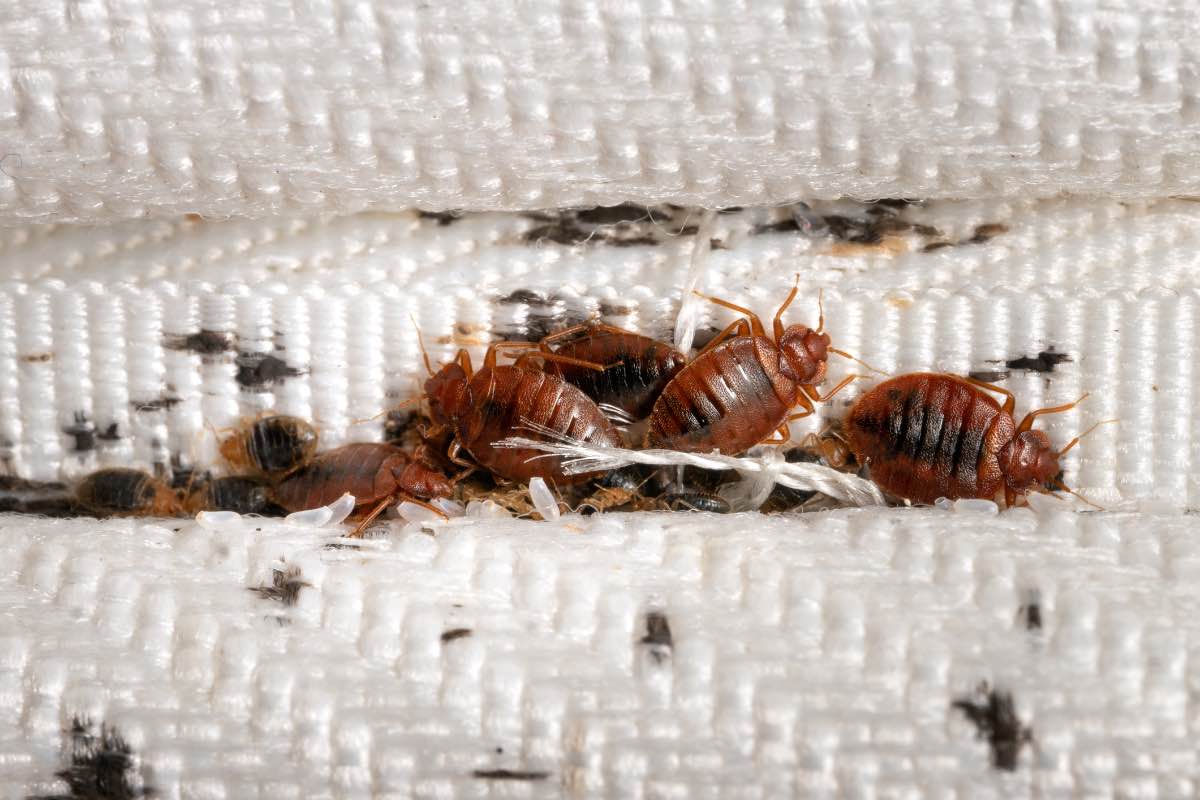
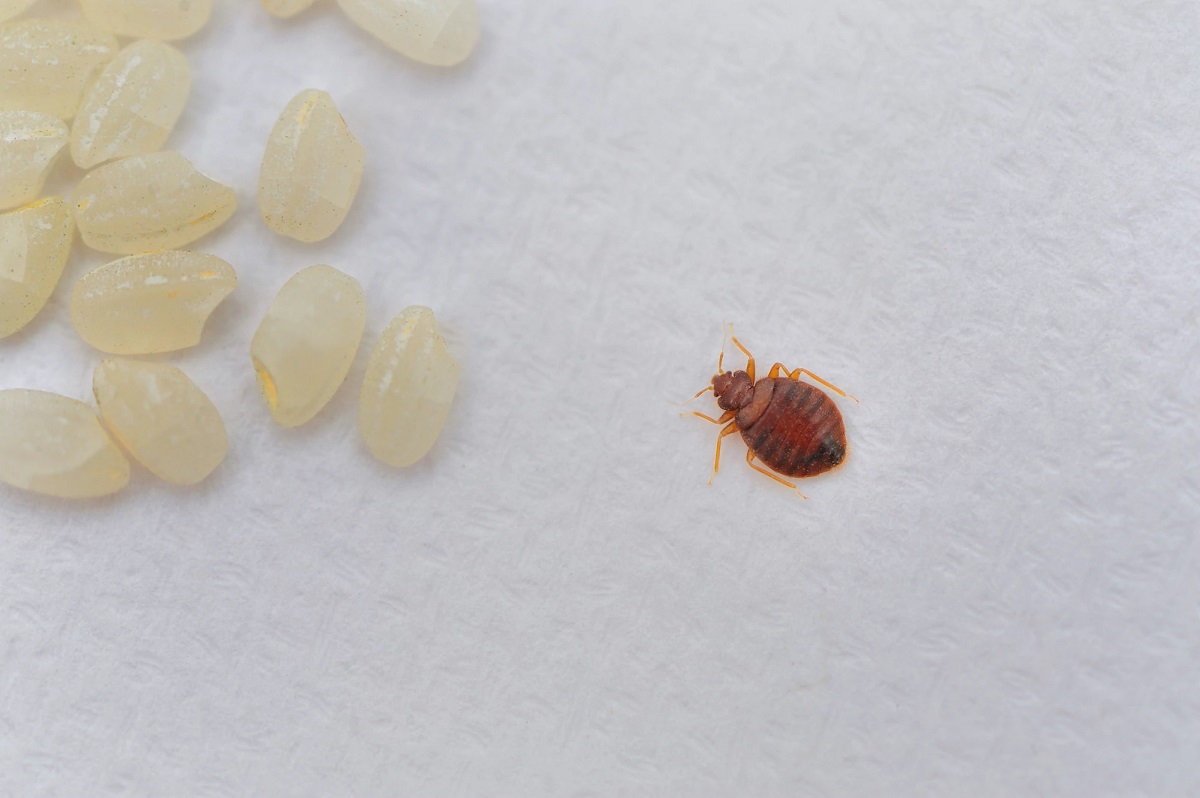

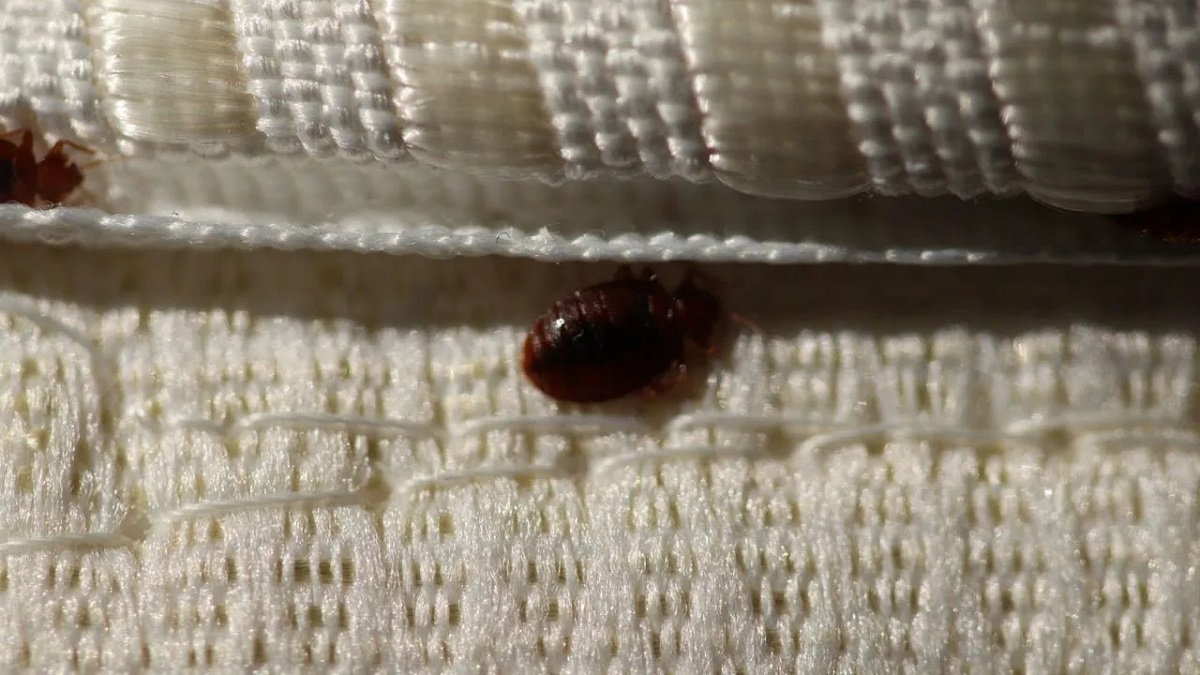

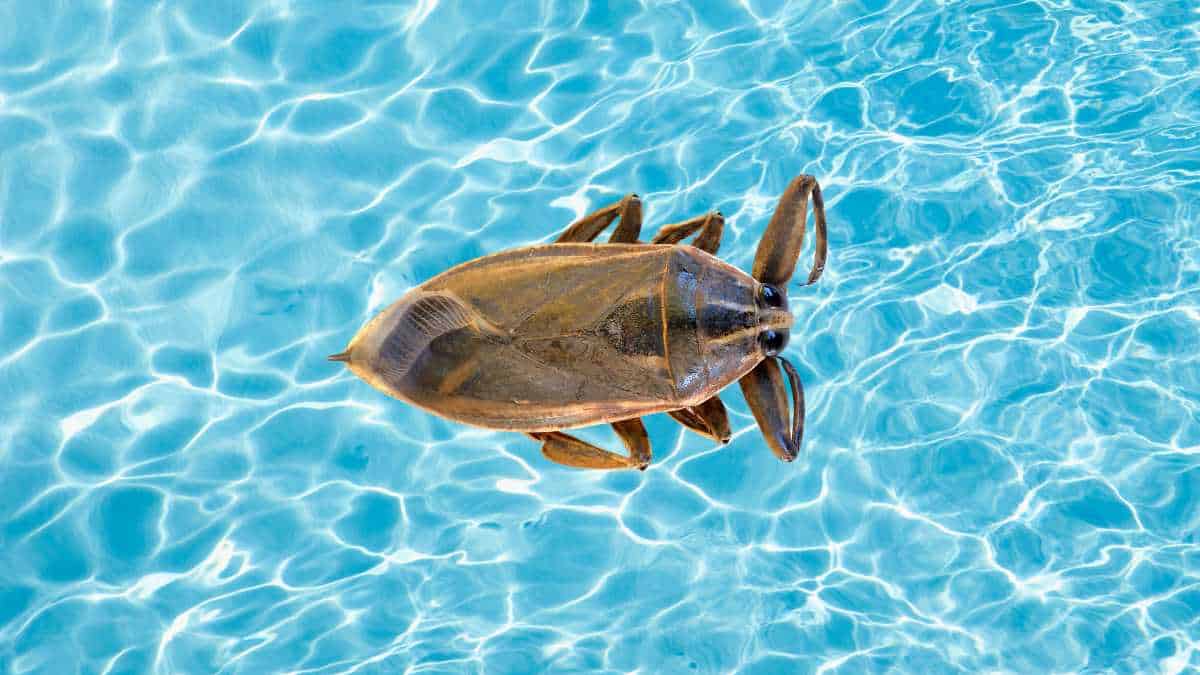

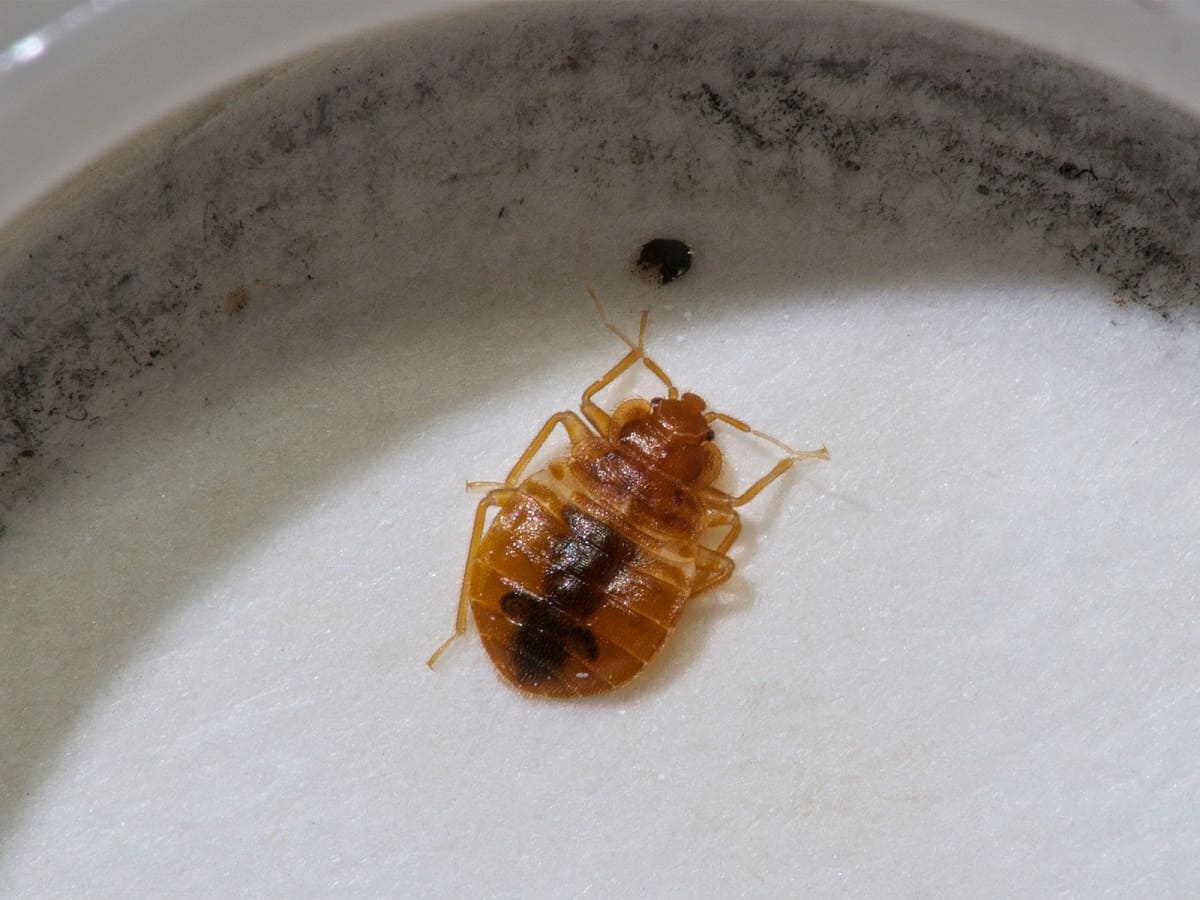
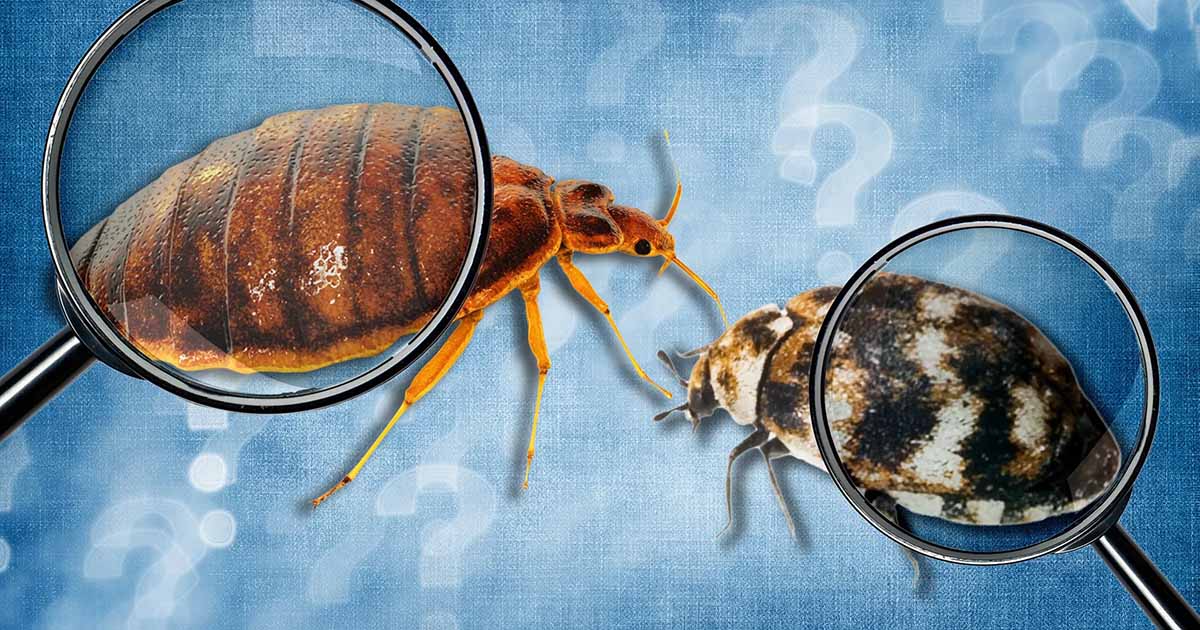
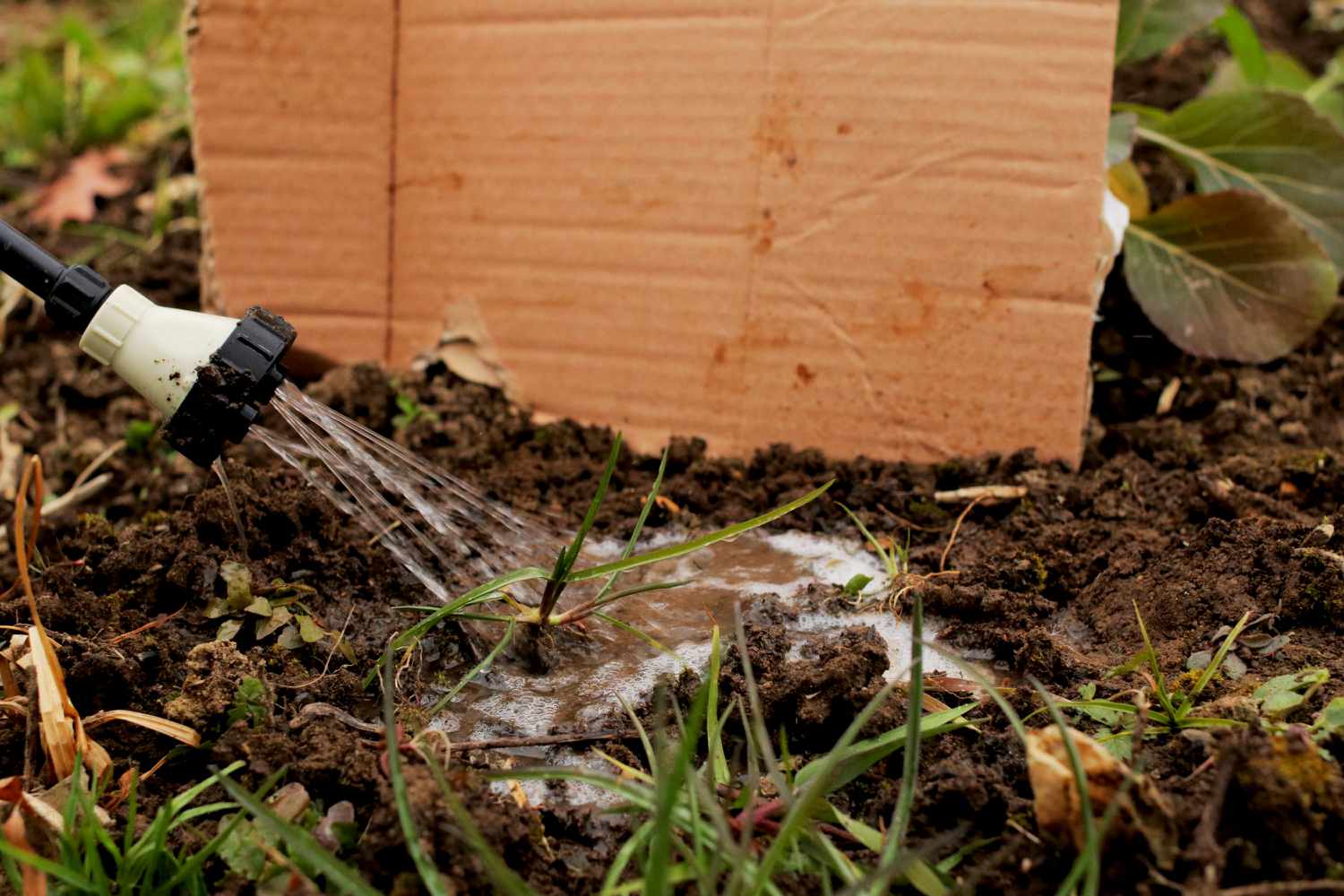
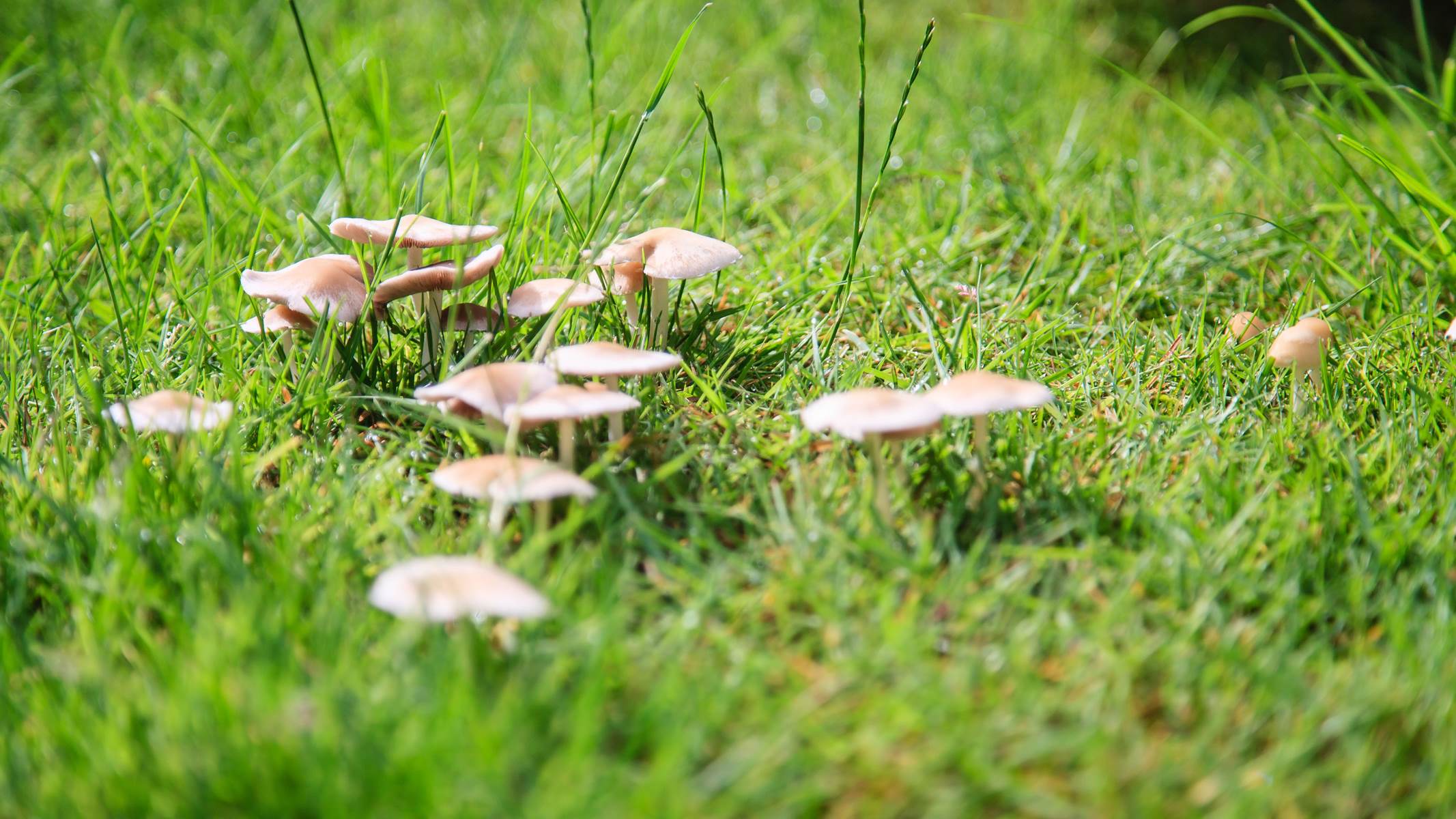
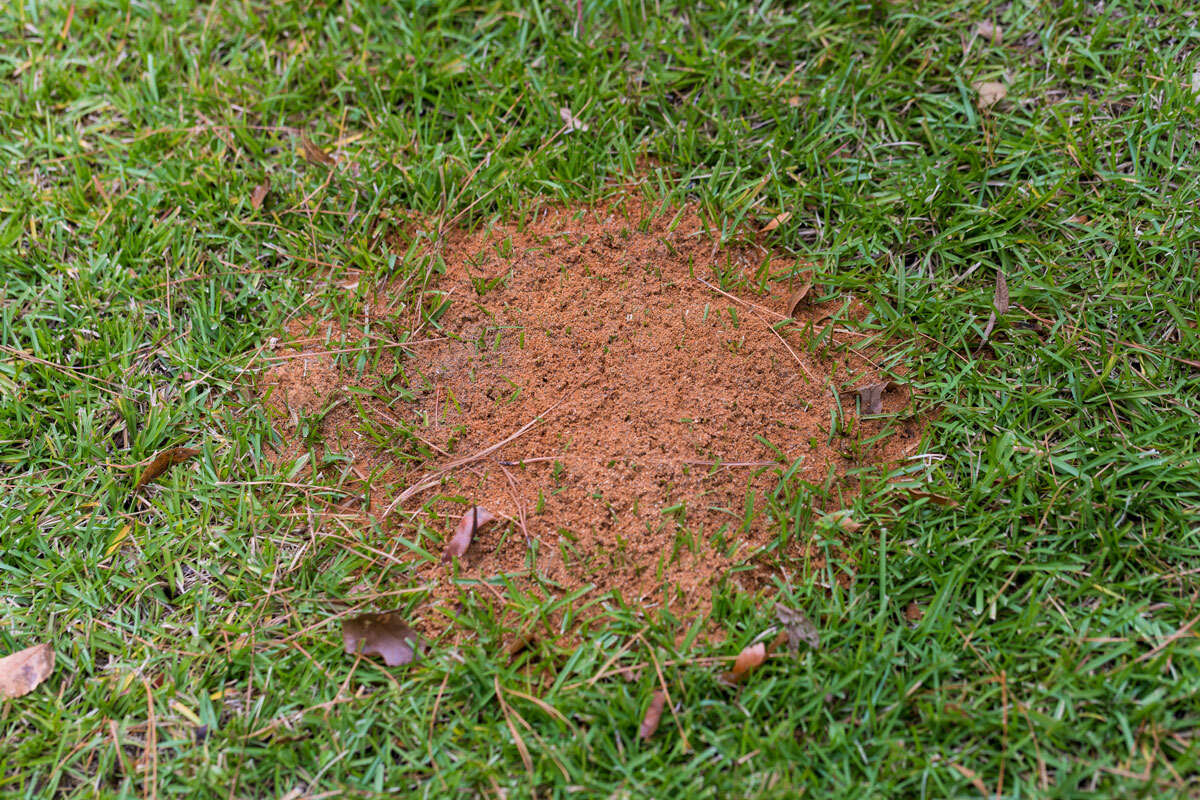
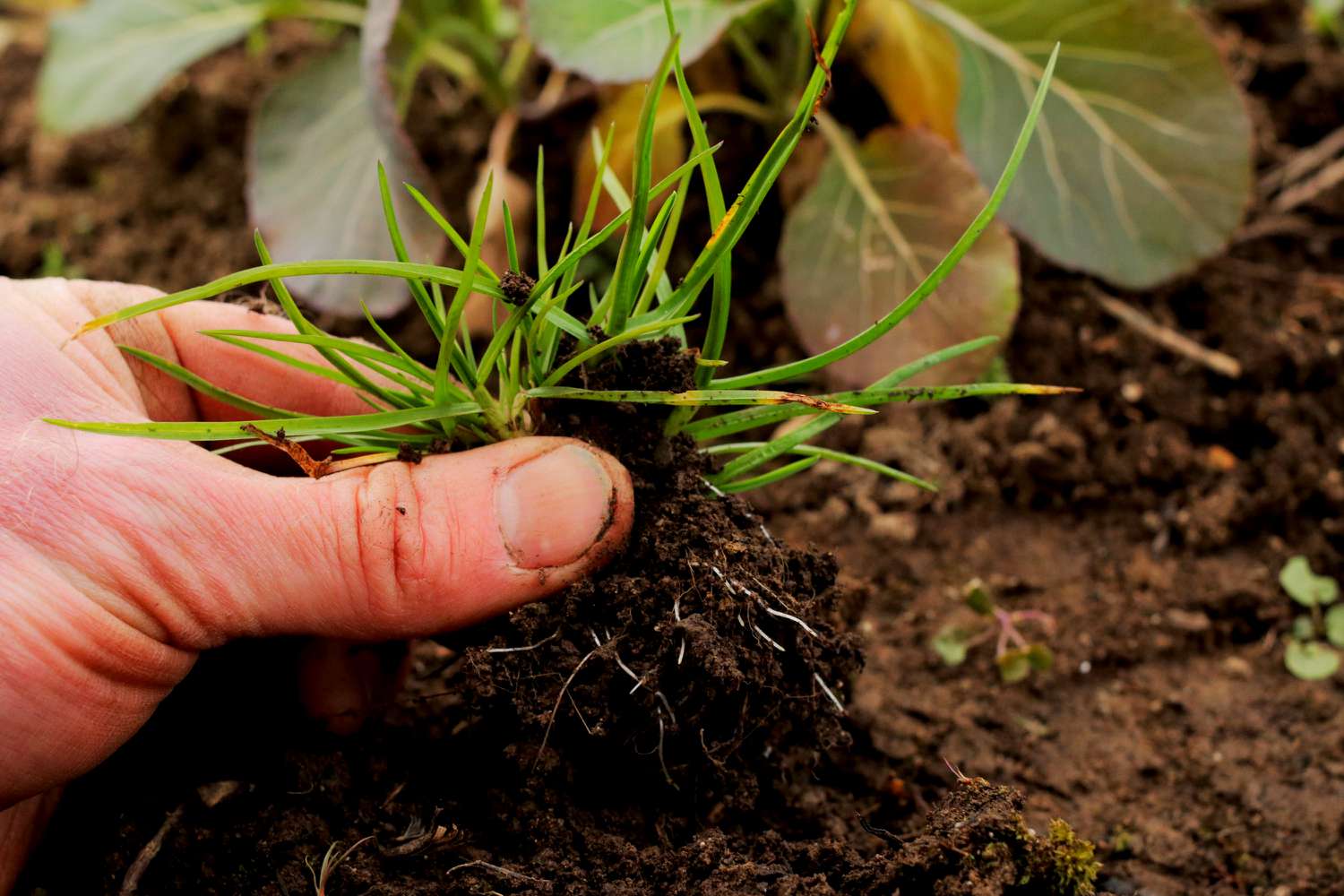
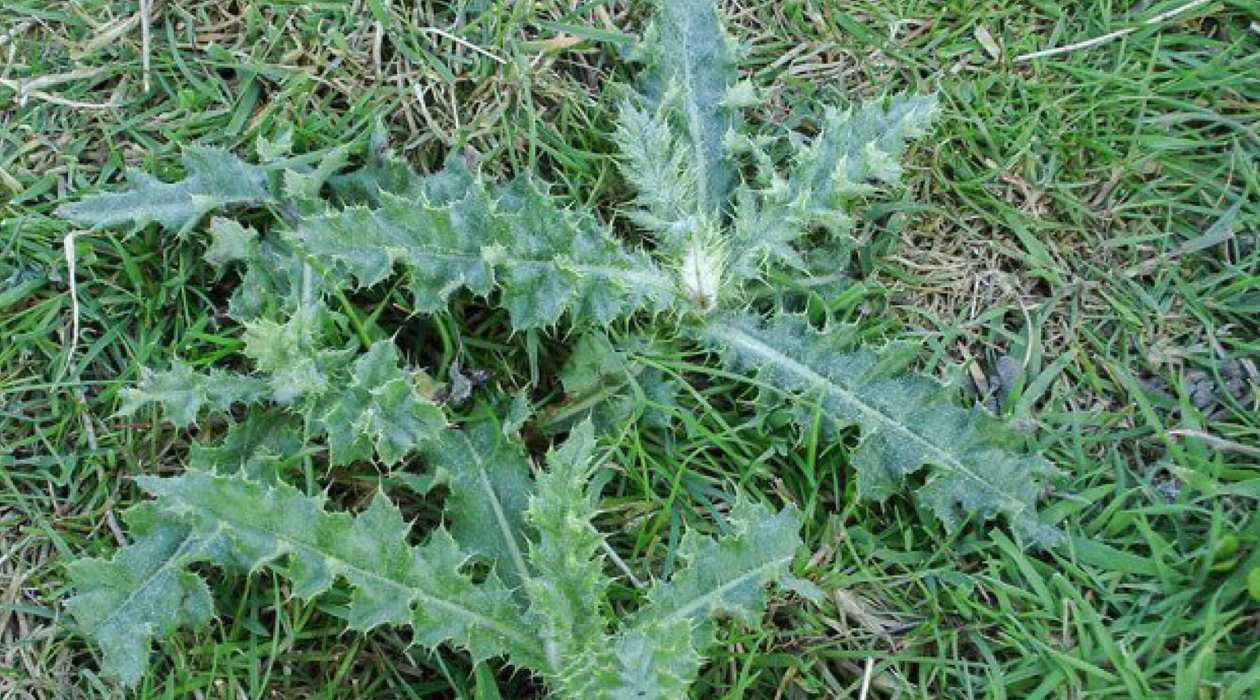

0 thoughts on “What Bugs Kill Grass”